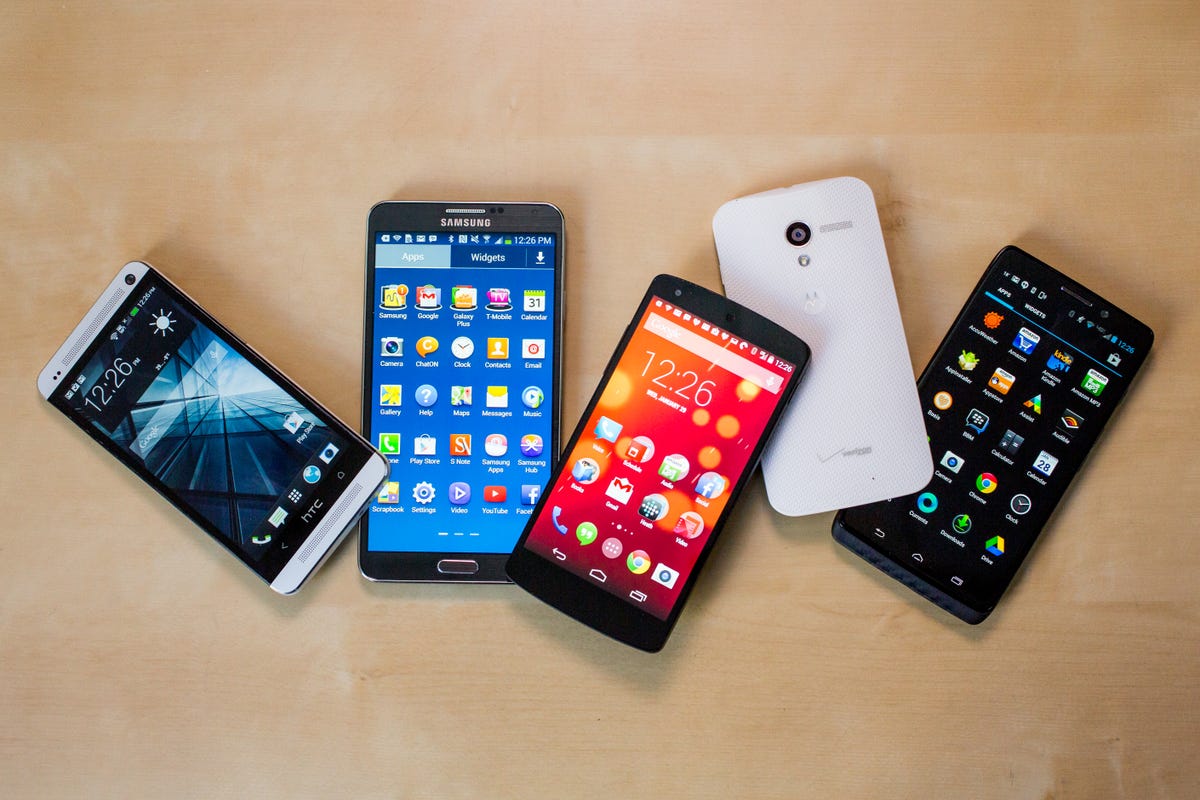
Sarah Tew/CNET
We here at CNET have written numerous articles with tips and tricks for improving battery life on iOS and Android, some of which you can find here, here and here, but not everyone owns an iPhone or Android device. Despite which kind of mobile device you prefer, battery life tends to be an issue that we all face. Understanding what is draining your smartphone or tablet will help you squeeze the best possible battery life out of your device.
Display brightness
The screens on our mobile devices seem to be getting bigger and more vibrant with each passing year. We now have smartphones, like the LG G3 for example, with incredible 2,560 x 1,440-pixel resolution displays. While these screens are pretty to look at, they are killing our batteries. Unfortunately battery technology hasn’t progressed nearly as fast as other sectors of the mobile industry.
Reducing the brightness of your display will help to improve battery life. You should also avoid using automatic brightness settings. This mode utilizes the phone’s sensors, which, because they’re in use all the time, actually drains your battery more rapidly than adjusting your brightness manually. Auto mode will also sometimes leave your display at a level that is far too bright for your environment.
No service
For cellular-connect devices, having no service can be a real pain. Unless a Wi-Fi network is available, your device becomes fairly useless if it doesn’t have the ability to connect to the Internet. You may have also noticed that your battery drains more rapidly when you have an inconsistent signal. This happens because the device is continuously searching for a signal and attempting to communicate with a cell tower.
To conserve your battery, I recommend enabling Airplane mode or connecting to a Wi-Fi network (if available) if you will be in area with no service for an extended period of time.
Streaming video and playing games
As mentioned above, the display draws an incredibly large amount of power. Even more power is required when you are playing a game or streaming a movie. A few minutes of Angry Birds won’t kill your device, but streaming an HD movie or playing a high-end video game can cut your battery life (and increase your data usage unless you are connected to a Wi-Fi network) by more than 50 percent.
If you will be away from your charger for a long time and don’t have a portable juice pack, understand that battling your friends in the latest Clash of Clans war will see your battery life quickly reach zero.
GPS and location services
Have you ever noticed that your phone always seems to be on the verge of dying when you are lost? This is because of the GPS and navigation app you are using to try and get back home . Location services, which allow location-based apps and websites like Foursquare, Google Maps and the camera to determine your location, can quickly drain your battery.
Using GPS and geotagging features, such as recording the location of your photos, sparingly will help keep your mobile device alive for longer. You can also disable location features for select apps and services in the settings menu of your device.
- On an iPhone or iPad, head to Settings, select Privacy, and click on Location Services. Then, scroll down and choose System Services.
- On a stock Android device, enter Settings and click Location.
- For Windows Phone, click the Start button, select Settingsand tap Location
- BlackBerry 10 users will find the option by entering Settings and selecting Location Services.
In addition to the GPS, having Bluetooth, NFC (if applicable) and Wi-Fi enabled will also cause some battery drain. If you don’t use a pair of Bluetooth headphones or if your car doesn’t have it, I recommend disabling it. The same goes for NFC, which many people don’t actively use to begin with. As for Wi-Fi, I would toggle it on only when it’s needed.
Background data
To ensure you never miss an email, headline, or an appointment, the apps on your mobile device are constantly pinging a server, satellite, or cell tower. This can sometimes lead to battery drain and even data overages. I recommend setting certain apps to only update and refresh over Wi-Fi, or not at all.
To disable background data on iOS, go into Settings, select General, followed by Background App Refresh. From here you can select certain apps you wish to prevent from running in the background or disable all of them.
On stock Android, enter Settings, select Data Usage, click on an app, scroll to the bottom and check the box that reads “Restrict background data.” If you would like to restrict all background data, click the three-dot icon at the top-right corner of the Data usage menu and check the “Restrict background data” box.
Windows Phone 8.1 owners will find options to restrict background app data in the Data Sense app. As for BlackBerry 10 users, enter Settings, select Security and Privacy, followed by Application Permission and change the Permissions bar to Run in Background. Once here, simply select an app from list that you would like to prevent from running in the background.



